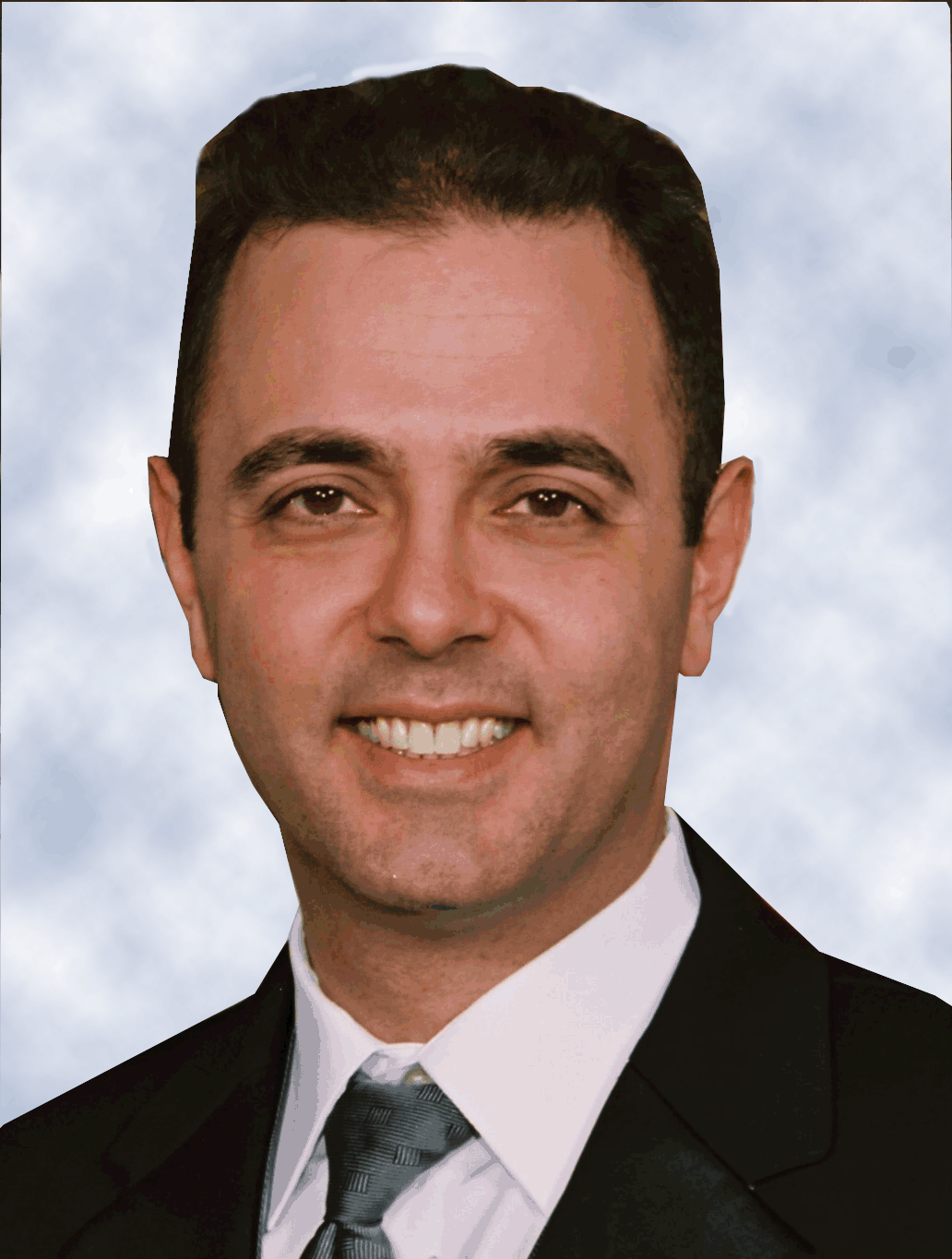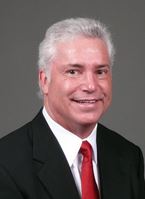Whether in the outpatient or hospital setting, in the operating room the surgeon and the anesthesiologist are the leaders of patient care. To deliver high-quality care, it's essential they work in tandem and maintain a strong professional relationship.
"The surgeon-anesthesiologist relationship is of extreme importance. The  anesthesiologist is often called the 'captain of the ship,' but the surgeon has a crucial role in how smooth the sailing is," says David Rosen, MD, president of Chicago-based Midwest Anesthesia Partners.
anesthesiologist is often called the 'captain of the ship,' but the surgeon has a crucial role in how smooth the sailing is," says David Rosen, MD, president of Chicago-based Midwest Anesthesia Partners.
The surgeon and anesthesiologist also set the tone in the operating room, according to Dr. Rosen. If they remain calm when things go wrong and discuss the issue in a rational manner, the nurses, technicians and other members of the OR staff will feel at ease and perform their job better. But if they are hostile or passive aggressive, it makes for a more difficult work environment, he says.  "A great relationship between the surgeon and anesthesiologist improves surgical productivity," says Isaac Tabari, DPM, chief podiatrist/surgeon at NYC Podiatry Center of Excellence and performs procedures at 5th Avenue Surgery Center in Midtown, New York.
"A great relationship between the surgeon and anesthesiologist improves surgical productivity," says Isaac Tabari, DPM, chief podiatrist/surgeon at NYC Podiatry Center of Excellence and performs procedures at 5th Avenue Surgery Center in Midtown, New York.
Potential areas of conflict
Surgeons and anesthesiologists address different areas of care, and when they have differing strategies on how to optimize the patient's well-being, the surgeon-anesthesiologist relationship can become impaired, says Michael Port, MD, pain management specialist, anesthesiologist and medical director for DISC Sports & Spine Center in Marina del Rey, Calif. 
"For example, the surgeon may want the blood pressure lower to assist with exposure," he says. "However, the anesthesiologist may feel that dropping the blood pressure would put the patient at risk, so the two physicians need to be able to have a calm dialogue to come to an optimal solution for the patient."
A lot of friction may also occur due to scheduling and timing, says Gregory Hickman, MD, an anesthesiologist at Gulf Breeze, Fla.-based Andrews Orthopaedics and Sports Medicine Center. The anesthesiologist has to ensure patients are in the best condition possible before the surgery. The anesthesiologist may delay or cancel the surgery if the patient's condition changes, disrupting the surgeon's schedule.  "On the flip side, surgeons are sometimes late for a case or make it run long. This can disrupt other surgeons' schedules and lead to conflict," says Dr. Hickman. "Unfortunately, things don't always go as smoothly as we like."
"On the flip side, surgeons are sometimes late for a case or make it run long. This can disrupt other surgeons' schedules and lead to conflict," says Dr. Hickman. "Unfortunately, things don't always go as smoothly as we like."
Another reason for friction is clashes in personality. According to Dr. Rosen, assigning blame for issue beyond one's control happens a lot. "The surgeon or the anesthesiologist may be antagonizing the other for something that wasn't their fault," he says.
Can't we all just get along?
Seeing as both physicians have the same goal, it's in their interest to work through any professional issues and forge a closer bond. Here are some steps both parties can take:
1. Communicate. "Having open lines of communication is always important. The surgeon wants to know where the anesthesiologist is coming from and the anesthesiologist needs to know what the surgeon is doing in terms of the procedure," says Roger V. Ostrander, MD, an orthopedic surgeon at Gulf Breeze, Fla.-based Andrews Orthopaedics and Sports Medicine Center. "Both physicians should avoid getting aggressive and upset, but rather should communicate when things aren't going right."
When working with each other for the first time, it is a good idea for surgeons and anesthesiologists to sit down together and explain their approaches. "Every surgeon has their own idiosyncrasies and their own way of doing things and this dialogue early on can help later when they are in the OR," says Dr. Ostrander.
2. Have mutual respect. "Mutual respect between the two specialists is the number one way to reduce friction in the OR," says Dr. Tabari. It's important that each physician understands their role in the OR, and respects the role of the other physician. Egos need to be checked in at the door, he adds, to be polite. Additionally, avoid talking-down to the OR team.
According to Dr. Rosen, it is critical that physicians avoid getting personal — for example, making snippy or snide remarks, or badmouthing the other physician when he or she is not in the room. "Avoid 'railing' against someone," he says. "People do make mistakes, but going after them over and over is not good for anybody, especially the patient."
3. Explain potential issues. Both physicians need to be assertive and preemptive when explaining potential issues, whether it's during, immediately prior to or even days before the surgical procedure, says Dr. Port.
"For anesthesiologists, it's important to be an advocate for the patient, but also for the surgeon. Keep the surgeon in the loop as early as possible with all potential issues," he says.
If everybody is on the same page, there is a lower possibility of issues or conflicts cropping up, adds Dr. Ostrander.
4. Get to know each other. "Say hi, shake hands, express your appreciation for working together today and ask the surgeon if there are any issues about this particular patient, this particular case," says Dr. Rosen. "The first communication of the day should never be 'the blood pressure is falling'."
The more comfortable the surgeon and anesthesiologist are with each other, the more likely they will be to address their thoughts and concerns about the procedure in an open manner.
Getting to know each other personally outside the OR can help surgeons and anesthesiologists develop that comfort level. "Learn something about the physician — where they live, kids, hobbies and remember it for future interactions. Who knows, you may make a lifelong friend," says Dr. Rosen.
5. Don't forget the goal. It's essential that both physicians remember why they are in the operating room in the first place — to ensure the best care for the patient, says Dr. Tabari. Keeping this goal in mind will help inspire both parties to work together in a professional and efficient manner.
It is important to consider patient care not only during the procedure, but postoperatively as well, says Dr. Hickman. Surgeons and anesthesiologists need to closely coordinate on a patient's pain management regimen as part of the overall treatment plan.
If even one of the two members is willing to overlook some of the negativity and stand up for the patient by doing everything in their power to get along, the physicians can overcome disputes, according to Dr. Rosen.
"The main thing is that both physicians work hard, be available and always do the right thing for the patient," says Dr. Hickman. "Over time, faith develops between the two and both trust that the other is doing their best for the patient."
More articles on anesthesia:
Dr. Ervin Yen wins Republican primary runoff for Oklahoma Senate seat
How will Joan Rivers' death impact public view of outpatient anesthesia, surgery?
NAPA adds Newton Anesthesia Associates


